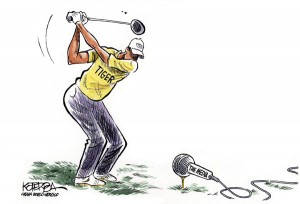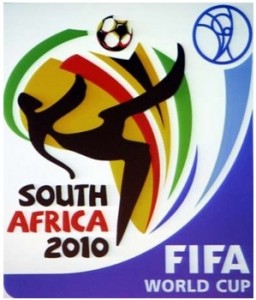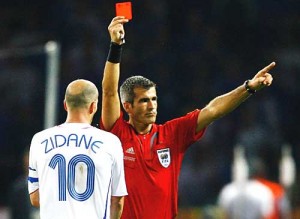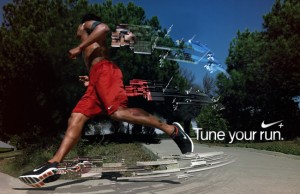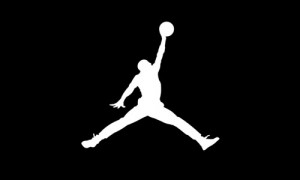Last year around this time, there were two serious crises: Toyota’s recall and Tiger Woods’ infidelity. Both crises shocked the world, and both failed to manage crisis in terms of public relations. In my opinion, however, marketers could learn how to improve public relations from Toyota and Tiger’s mistakes.
1. Respond quickly.
It takes a week for Tiger Woods to respond to his affair (well,we should take into account the fact that he was in the hospital after the crash). The more time people had tp wait, the more suspicious they would be.In their recall crisis, Toyota failed to respond immediately too. A late response usually means that the firm should make greater effort to deal with more difficult issues later on.
2. Clarity matters
At first, Woods refused to clarify the incident by stressing the importance of privacy:” But for me, the virtue of privacy is one that must be protected in matters that are intimate and within one’s own family. Personal sins should not require press releases and problems within a family shouldn’t have to mean public confessions.” Yes, privacy should be protected, but Woods also should have given an open, candid explanation of what’s going on.
3. Meet the public’s expectations
Toyota’s first press conference after the recall is criticized for not meeting people’s expectations: There is no detailed, factual information, no presence of the president, and no ” deep bow” as Japanese enterprises ususally do in making apologies. Therefore, customers’ anxiety was not relieved.
In a word, public relation is important because when a crisis occurs, consumers not only focus on the crisis itself but also pay attention to how the firm deals with the crisis. Sometimes, it is easier to forgive the firm for doing something wrong than dealing with their problems inappropriately.
